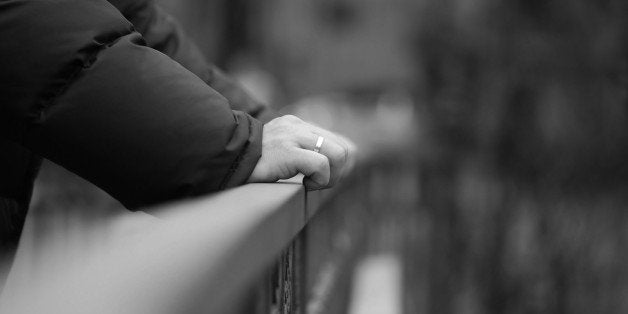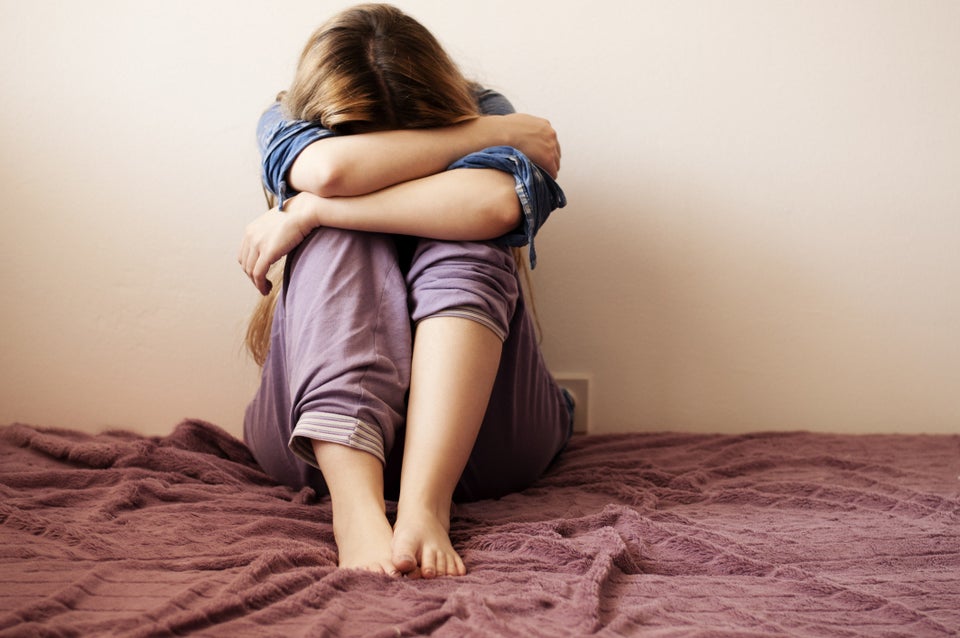
Throughout my life, my exposure to suicide and all of the inconsolable loss it causes has stemmed mainly from the media that reports the tragic news. In this respect, I consider myself one of the lucky ones. I am removed, kept at a distance. I feel an empathetic sense of sorrow for the countless people experiencing unbearable pain, but even more so a desire to understand the catalyst for such pain.
More often than not, death by suicide is linked to major depression -- whether it was officially diagnosed or not. According to the American Academy of Suicidology, approximately two thirds of people who commit suicide are suffering from depression at the time of their death. And risk of suicide jumps by 20 percent among the U.S. population with depression.
These numbers make sense to me -- I naturally link depression and death by suicide long before any statistics confirm that fact. However, what I had yet to realize up this point was how the majority of suicides in the United States fall within an unexpected demographic: middle-aged white men.
It appears that this news is surprising to others as well. In reporting on the recent death of late comedic actor Robin Williams, several news outlets nationwide began exploring the connections between depression, suicide and this particular group of people. They have helped ignite the conversation and bring these shocking statistics into light. It turns out the data isn't all that new.
The Centers for Disease Control and Prevention released statistics last year revealing that the suicide rate among adults aged 35 to 64 increased 28.4 percent between 1999 and 2010. Suicide among whites increased 40 percent, and 27.3 percent among white men specifically. Men between 55 and 59 years old experienced the greatest increase of all with 49.4 percent. For the past 15 years, we have unknowingly watched these numbers grow far faster than those associated with younger generations and the elderly, and we are finally taking notice and asking why.
Unsurprisingly, the answer often circles back to the initial consideration: depression. About 7 percent of men diagnosed with depression die by suicide. Older people tend to struggle to ask for help due to a lack of symptom recognition. Men in particular don't feel sad or emotional as the primary symptom of depression -- it's not unlikely for headaches, digestive problems, fatigue, irritability or chronic pain to play a larger role, according to the Mayo Clinic.
Even when they do recognize their struggle with mental illness, men are notoriously good at masking it to avoid the social stigma associated with expressing internalized pain to the outside world. While younger generations grew up in a cultural landscape that proved more open and accepting of these conversations, much of the baby boom generation still lives by the idea that men should be strong -- emotionally as well as physically -- and maintain a sense of self-control.
And according to the National Institute of Mental Health, only slightly more than half of the population (both men and women) that suffers from depression receives any treatment for the illness, let alone adequate treatment. Because men often don't talk about it in the same respect women do, fewer warning signs appear before it's too late. Women may make more suicide attempts than men, but men are four times as likely to die from the attempts to due their lethal methods (firearms are the most common) than women.
Depression aside, a fair number of suicide-related deaths among older men correlate with other late-life risk factors. A 2011 study found that physical illness and pain that affects a person's ability to function independently on a daily basis shared a direct connection with suicidal thoughts and attempts in adults of the baby boom generation. They fear becoming a burden to others as well as disconnecting from the world they once knew, leaving them vulnerable and seeking an alternative solution.
Just like the acts of suicide themselves, I didn't see this coming. Never would I have looked at the men of this generation that helped shape this country throughout the last half-century and noticed such a powerful internal struggle that could possibly lead to their premature end. And I know I'm not alone in that. But now we know. Now we can start talking. Now we can start searching for ways to do something about it.
Have a story about depression that you'd like to share? Email strongertogether@huffingtonpost.com, or give us a call at (860) 348-3376, and you can record your story in your own words. Please be sure to include your name and phone number.
Need help? In the U.S., call 1-800-273-8255 for the National Suicide Prevention Lifeline.
